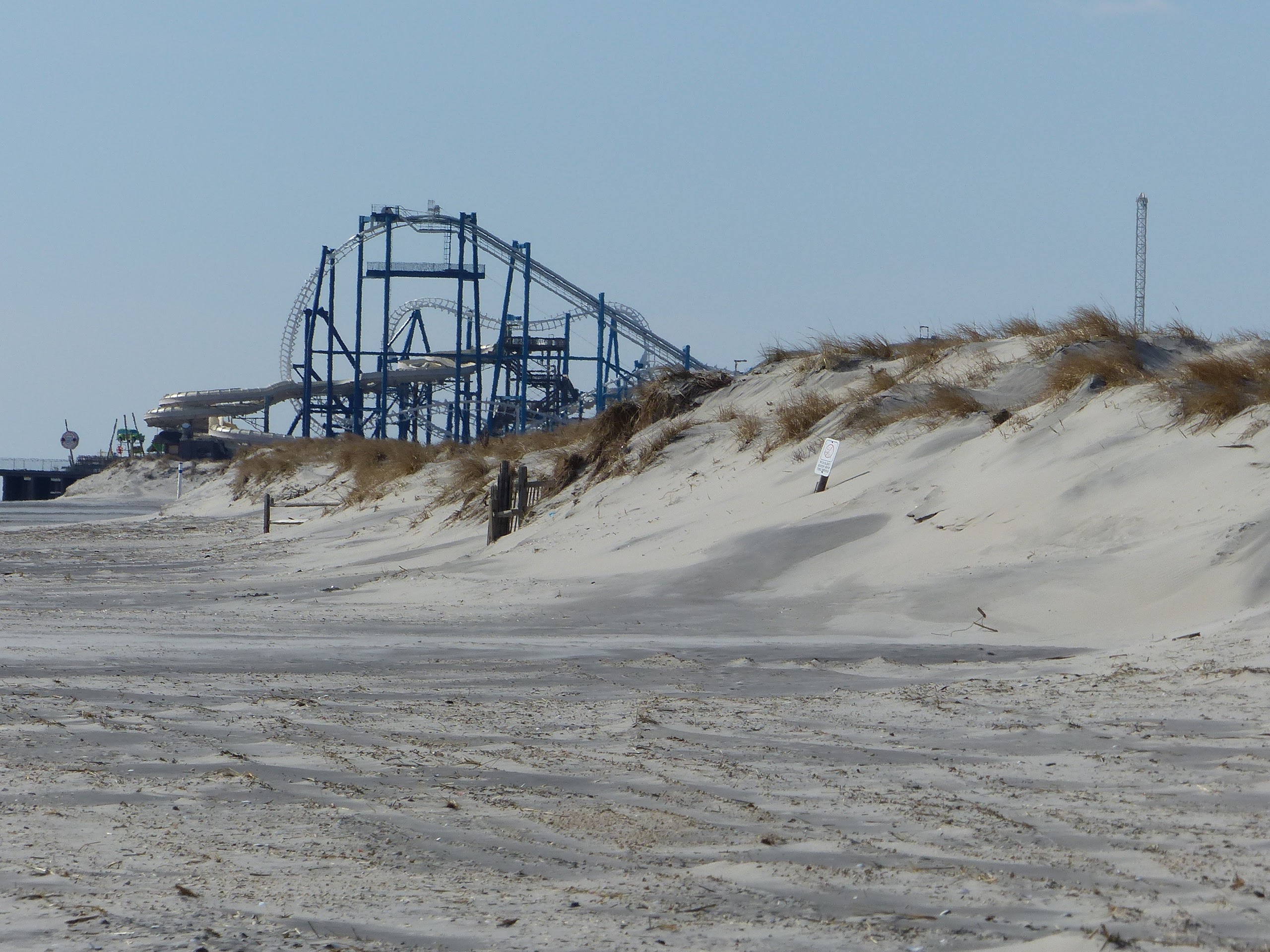SWAINTON – Cape May County Museum hosted a presentation Aug. 1 by David Emerson, historic re-enactor, whose performances have educated audiences at Colonial Williamsburg, Plimouth Plantation and the Old Barracks Museum in Trenton among many other venues throughout the Northeast.
Whaling was an extremely dangerous yet lucrative occupation for the first inhabitants of the New World whose original epicenter was Nantucket. If a crew was taken on a “Nantucket sleigh ride” that meant a harpooned whale was dragging along a small row boat at breakneck speed possibly for many miles and potentially signifying the crew’s demise.
Cape May County’s first families came from this sort of stock, frequently from the Massachusetts Bay Colony with many having connections to those who arrived on the Mayflower.
However, as they attacked Cape May waters with a vengeance in search of their whaling fortune they also diminished whale populations that by the late 1700s whalers moved on and out from the county which then turned to agriculture and fishing to sustain itself.
Emerson brought to life the reality of being on a whaling ship out of New Bedford, Mass. in the early 1800s.
In character playing “Leland Emerson, my whaling ancestor” aboard a schooner named the Sara Ann (the former for his mother, the latter name for his wife), Leland said, “I was known for having ‘greasy luck’ which meant that my ships were fortunate to find a lot of whales while out at sea and bring back valuable products from the whales we hunted.”
Emerson explained that the most prized whale to be found was the spermaceti whale which yielded globally desired oil that “made the finest candles in the world with a light that shined more brilliantly than any other.” On the other hand the spermaceti whale was more dangerous than the baleen whales or right whales, other favorite targets of the whaler men.
The spermaceti whale had teeth like long, sharpened blades that could slice a boat in two. When any of these 70-foot, 60-ton behemoths breached the water, spouted, and stood upright on their flukes “a man would quake and start rowing in reverse to escape,” admitted Emerson.
All these varieties of whales were prevalent in the oceans where New England whalers sought their fortunes. Their voyages which frequently lasted four years or more took them to the Caribbean, waters around the Azores and most adventurous, the seas of the far-off Pacific.
Emerson explained that the rarest yet most coveted part of the whale was the occasional ambergris to be found which had a market value higher than gold. The substance forms due to an irritation in the whale’s stomach which is highly sensitive and results from something the whale cannot digest.
He likened ambergris to the pearl that is formed in an oyster as a reaction to a bit of sand that irritates its shell lining.
Ambergris in its natural state is a “vile mass of stinking black” that when cured in the sun has the unique property of forever preserving any aroma with which it comes into contact.
Thus, it is highly valuable to perfumers who use it to stabilize their creations. Emerson noted that when a vial of perfume used by Cleopatra was found and opened, the perfume retained as fresh and powerful a scent as during her lifetime thousands of years ago due to the preservative effects of the ambergris.
Other profitable products that came from the whale were the baleen which was made into stays for corsets, canes and ribs for umbrellas as well as low grade oils made from the 70-inch thick layer of blubber protecting each whale.
“Leland” described how whalers used the sun and stars to navigate their way on the seas. “Navigation is a lot more difficult than piloting which uses fixed marks on the land and sea since there are no such points of reference to navigate.”
Using a sextant to mark the relationship of celestial bodies to the horizon whalers could figure latitude. East-west location or longitude was “a bit trickier” but with the invention of the chronometer in the previous century sailors compared local time to Greenwich Mean Time to determine their longitudinal location.
To conclude his presentation, “Leland” spun a few old sailors’ yarns about the mightiest whale of all time, “Mocha” Dick (thought to be the inspiration for Herman Melville’s Moby Dick) named for Mocha Island off the coast of Chile.
He recounted how the whale destroyed anything and anyone that came near it and acted as though the havoc he wreaked was just and fair retribution for the incursion into his waters. Per “Leland,” Dick is still out plying the seas of his aqueous playground and all need to be forewarned and alert.
To contact Camille Sailer, email csailer@cmcherald.com.







